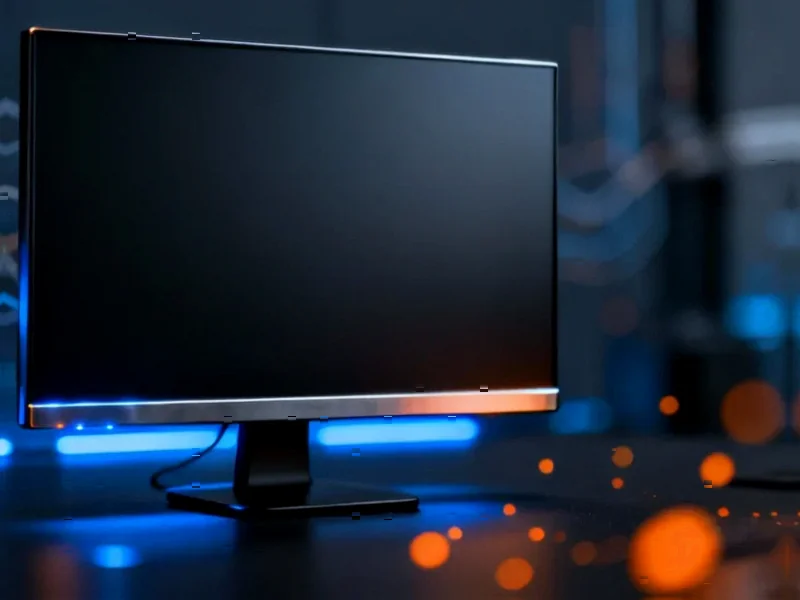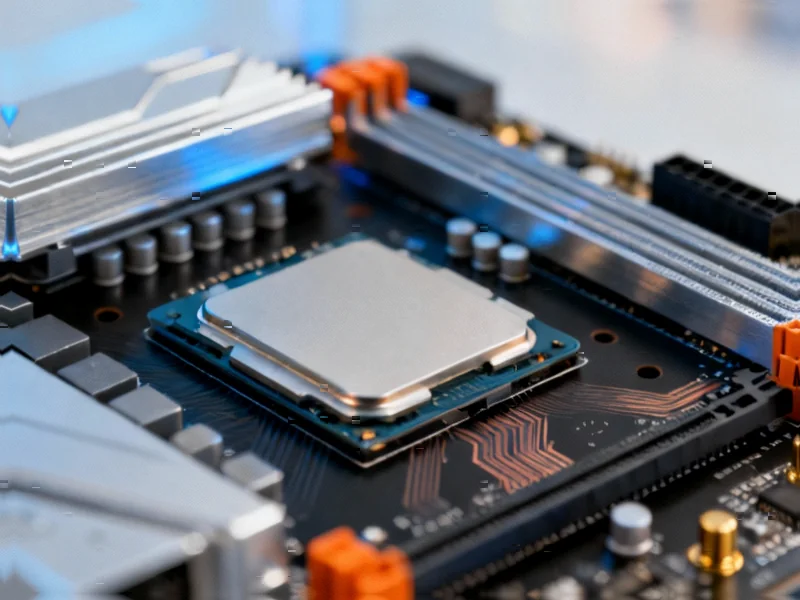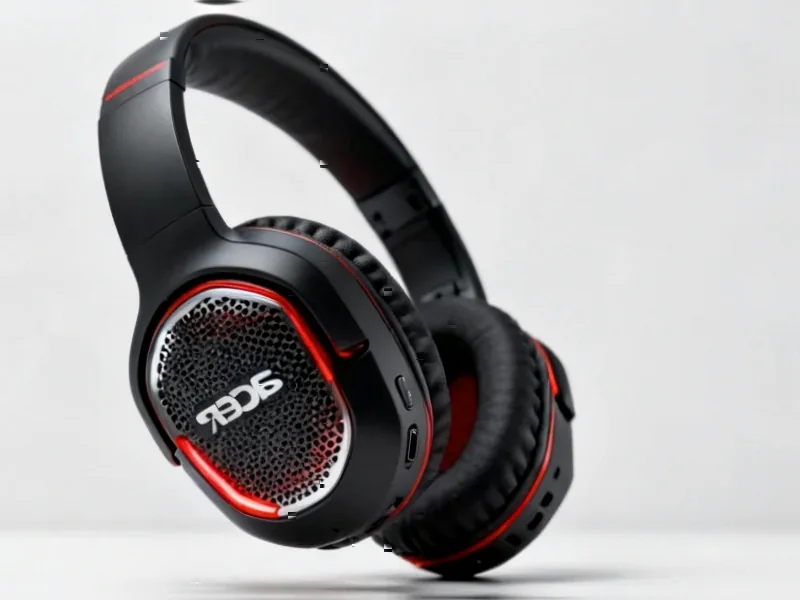Microsoft’s Hardware Vision Takes Shape
Microsoft appears to be laying the groundwork for its next gaming console through its recent hardware partnerships, with Xbox leadership now offering clearer signals about their direction. According to translations from Japanese publication Famitsu, Microsoft Gaming CEO Phil Spencer has confirmed the company will build its next-generation Xbox console internally rather than relying on third-party manufacturers.
Table of Contents
“When it comes to hardware that we at Microsoft announce as a first-party, that would be our ‘next console’,” Spencer stated in the interview. This clarification comes as Xbox executives have been promoting the recently launched Asus ROG Xbox Ally, using the opportunity to hint at broader strategic moves.
What’s particularly revealing, industry observers note, is how Spencer connected the ROG Ally development to Microsoft’s future console plans. He suggested the handheld device offers important clues about “how the Xbox software platform will evolve going forward, and how it will connect all kinds of devices together at a single point.”
The Windows Gaming Conundrum
While Microsoft executives have been hinting at a more unified gaming platform, sources indicate the company faces significant software challenges. The current Xbox experience on the ROG Ally, which boots directly into a full-screen Xbox app, reportedly feels unfinished compared to traditional console interfaces.
According to multiple hands-on reports, the implementation bears uncomfortable similarities to Windows 8’s controversial full-screen Start Menu—forcing users back to the traditional Windows desktop for basic functions like storage management and system updates. This creates a fragmented experience that falls short of the seamless interface console gamers expect.
Meanwhile, Valve’s SteamOS continues to set the standard for PC-based gaming interfaces. The Linux-based operating system provides a console-like experience that completely abstracts the underlying desktop environment, something Microsoft has struggled to replicate with Windows.
Performance Gaps Emerge
The software challenges extend beyond user experience to raw gaming performance. Recent testing reveals potentially troubling performance disparities between Windows and Linux-based alternatives on the same hardware.
Testing documented by Tom’s Hardware shows the ROG Ally X running Bazzite—a SteamOS-like Linux distribution—achieving up to 32% higher frame rates in some games alongside more stable performance across the board. The Linux system also demonstrated quicker sleep and resume times, critical features for handheld gaming devices.
This pattern isn’t isolated to Asus hardware either. Similar performance advantages were observed with the Lenovo Legion Go running SteamOS compared to its Windows version, suggesting systemic optimization challenges for Microsoft’s operating system in the gaming handheld space.
Strategic Implications for Next-Gen Xbox
These developments create an interesting tension for Microsoft’s console roadmap. The company wants to leverage its Windows ecosystem to create a unified gaming platform, yet that same platform appears to be underperforming compared to alternatives specifically optimized for gaming.
Industry analysts suggest Microsoft may need to undertake significant Windows optimization work to compete effectively in the evolving handheld and console markets. With more PC manufacturers reportedly considering SteamOS alternatives, the pressure is mounting for Microsoft to deliver a compelling gaming-first Windows experience.
The clock is definitely ticking. As Spencer and Bond continue to tease a “very premium” and “curated” next-generation Xbox experience, the software foundation they’re building upon faces both user experience and performance hurdles that could determine the success of their ambitious hardware vision.


